Osteosarcoma treatment has remained largely unchanged for decades, an unacceptable fact in the current environment of significant advances in other tumor types.
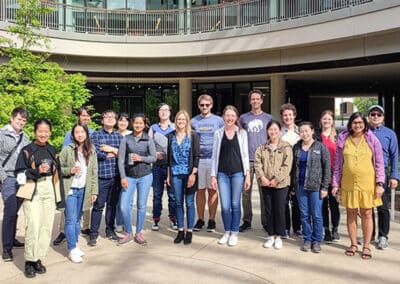

Stories of progress, inspiration, and information in overcoming osteosarcoma.
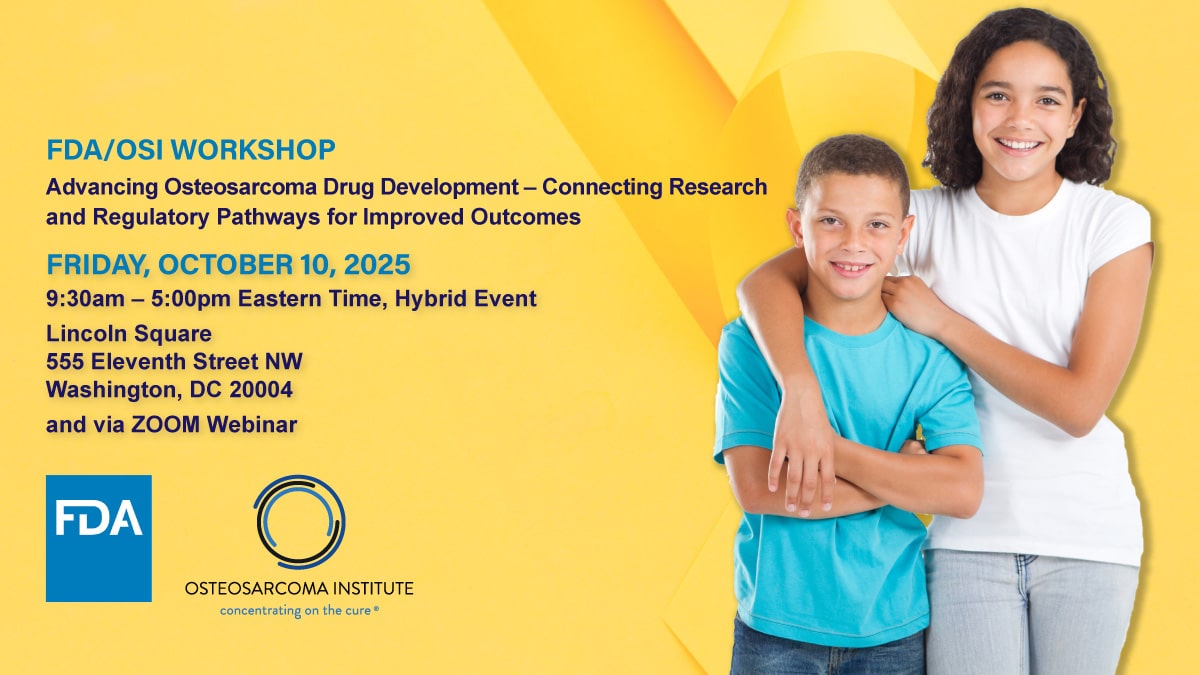
Osteosarcoma treatment has remained largely unchanged for decades, an unacceptable fact in the current environment of significant advances in other tumor types.
Despite scientific advancements in oncology, progress in osteosarcoma drug development has been slow. Why?
There are inherent challenges to drug development for rare cancers stemming from the small number of patients affected by the disease. For osteosarcoma, complex biology, lack of clearly defined molecular targets, and specific challenges with assessing responses to new treatments using the usual methods of CT and MRI scans make traditional approaches to drug development particularly challenging.
To discuss ways to combat these challenges, the FDA and the OSI are convening a workshop to identify opportunities for efficiency and develop strategies to address the most significant challenges in the clinical trial and regulatory landscape for osteosarcoma research and development. This pivotal collaborative event to be held on Oct. 10, 2025, will bring together leading researchers, biopharma industry representatives, and regulators in an effort to improve osteosarcoma drug development.
The FDA’s involvement in this workshop is critically important. The OSI experts say early-stage collaboration between drug developers and the FDA increases the likelihood of bringing new drugs to patients and reducing costly delays. Thus, the workshop is open to industry partners, and the OSI encourages their participation.
“Engaging with regulators early can help prevent setbacks,” says OSI Director Lee Helman, MD. The goal is to prevent promising drugs from advancing deep into development only to encounter trial design issues that could hinder FDA approval.
“We need to establish a new approach to clinical development for osteosarcoma that fosters innovation while upholding scientific integrity,” explains Katherine Janeway, MD, pediatric oncologist and director of clinical genomics at Dana-Farber Cancer Institute/Boston Children’s Cancer and Blood Disorders Center and member of the OSI’s strategic advisory board. “Bringing all stakeholders together will help address existing challenges and propose feasible solutions.”
One of the biggest hurdles in osteosarcoma research is determining how to measure treatment success in clinical trials.
Unlike many cancers, where tumor shrinkage serves as a reliable indicator of drug effectiveness, osteosarcoma tumors develop within bone and create a dense bony matrix that can persist even when cancer cells are destroyed. This structure makes it difficult for traditional imaging techniques to demonstrate that a treatment is working. Changes in tumor size are often masked by bony remnants. As a result, standard response rate measurements that rely on measuring tumor shrinkage are unreliable, requiring researchers to explore other ways to measure the effectiveness of a treatment.
“Osteosarcoma’s biology makes traditional clinical trial endpoints challenging,” says Lara E. Davis, MD, a pediatric and medical oncologist at the Oregon Heath & Science University Knight Cancer Institute who serves on the OSI’s strategic advisory board. “We need alternative ways to measure success in osteosarcoma trials, and the FDA’s input is critical in shaping those parameters.”
Currently, four-month progression-free survival rate is often used as a benchmark, but there is growing consensus that a more nuanced approach is needed. The workshop will explore what constitutes meaningful clinical benefit and how trials can be designed to reflect real-world patient outcomes.
Historically, osteosarcoma has not been a priority for biopharma companies due to its rarity and the high cost of clinical trials. The FDA/OSI workshop will explore ways to change that narrative by exploring trial designs and endpoints that can decrease regulatory risk and increase the efficiency of drug development.
“We cannot do this alone,” Dr. Janeway says. “Industry must be part of the solution, bringing resources, expertise, and innovation to the table.”
The FDA and the OSI are encouraging biopharma companies to participate in the October workshop, where they will have the opportunity to help shape the future of osteosarcoma drug development.
While the upcoming workshop is a major milestone, it is just the beginning of a larger effort to create sustainable improvements in osteosarcoma treatment. The OSI envisions a future with more clinical trials, stronger industry partnerships, and a streamlined regulatory framework that fosters innovation while ensuring patient safety.
“This is an opportunity to change the landscape for osteosarcoma patients,” Dr. Helman says. “If we get this right, we can significantly improve the pace of research and, ultimately, patient outcomes.”
The OSI encourages researchers, industry leaders, and patient advocates to participate in the Oct. 10, 2025, workshop and contribute to this transformative initiative. Learn more and register here.
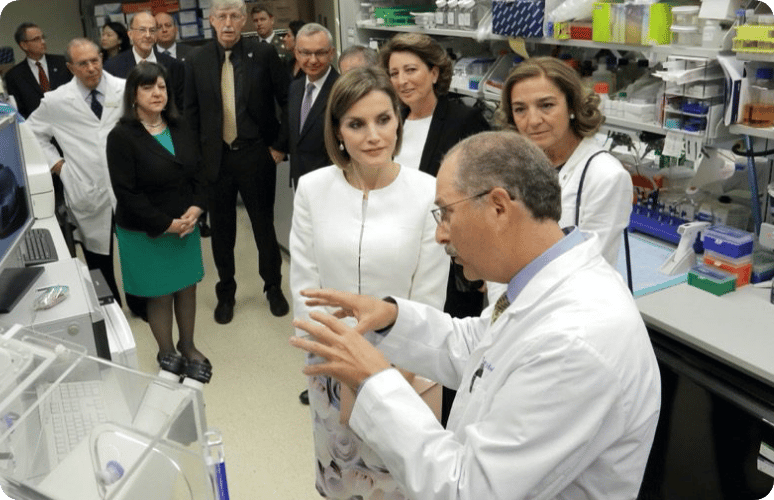
Stay informed as we work to identify new treatments for osteosarcoma.
We never sell or share your information.

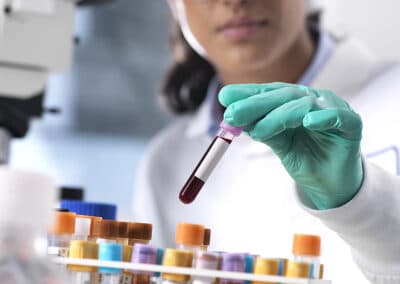
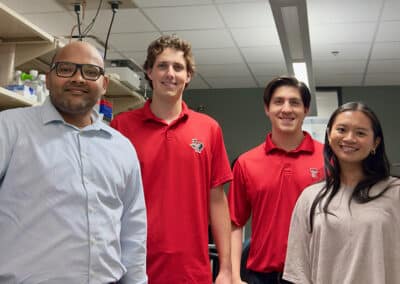

Your donation provides immediate and long-term support to osteosarcoma patients.
Sign-up for our newsletter and stay up-to-date about our fight against Osteosarcoma!